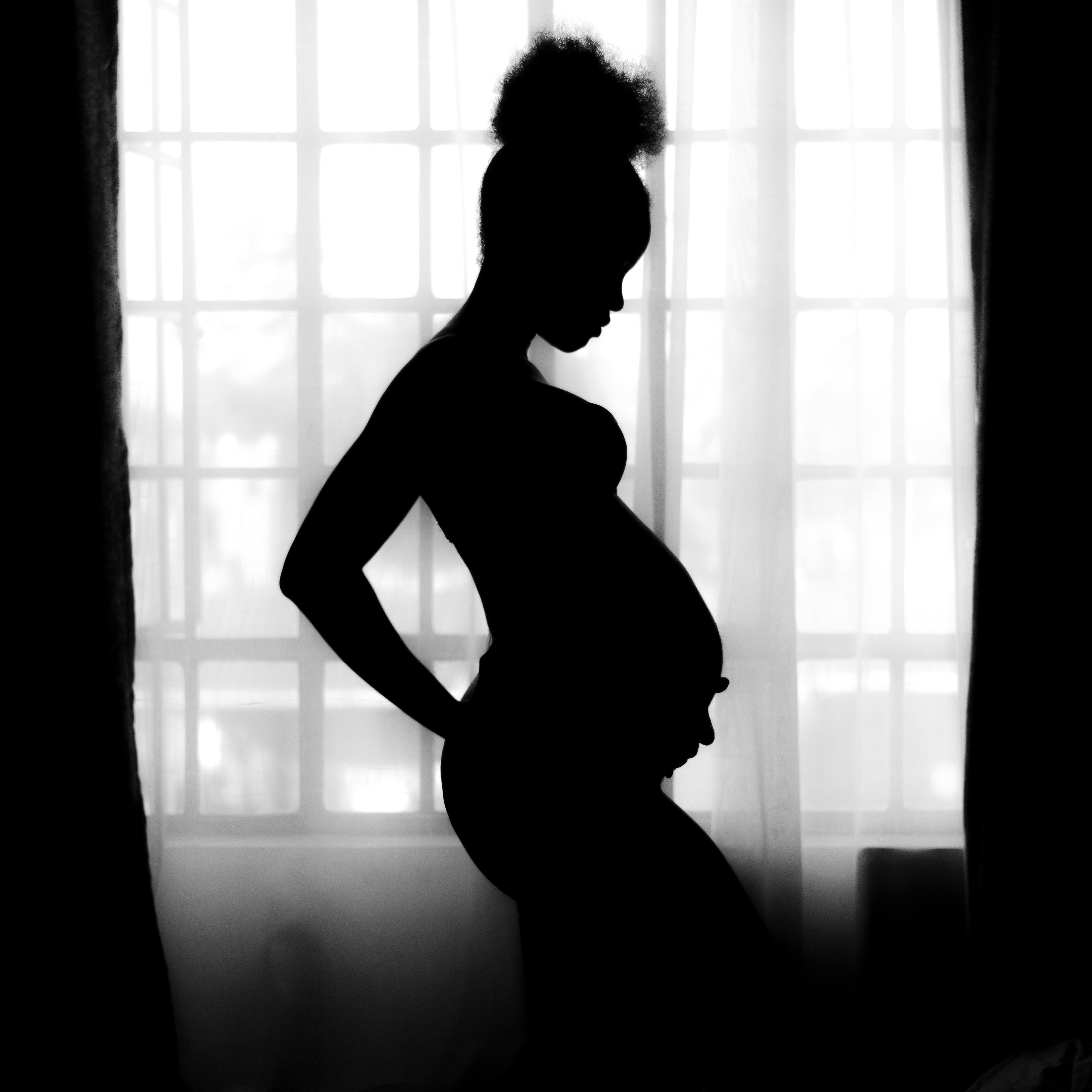Article
Pregnancy Complications More Prevalent Among Sickle Cell Disease Patients
Author(s):
New findings from the Congo highlight risks both mothers and their children face in delivery.

Both mother and child face heightened risk of complications and infections due to maternal sickle cell disease, according to findings from a new study.
In research collected by a team of University of Brazzaville investigators in the Congo, the common genetic blood disorder was linked to significantly greater risk of infection, premature births, and even death among locally hospitalized women with sickle cell disease giving birth.
The findings—reported by F.O. Galiba Atipo-Tsiba, of the University Hospital of Brazzaville, and colleagues—call for greater and more comprehensive collaboration among an established care team of specialists in the event of sickle cell mother deliveries.
Atipo-Tsiba and colleagues conducted the case-control trial among 4 maternity hospitals from July 2017 – June 2019. Their assessment included 65 expectant mothers with homozygous sickle cell disease and 130 without.
Mean sickle cell disease patient age was 27, versus 31 for control. Non-sickle cell disease women were more likely to have a history of miscarriage (54.6%) than sickle cell disease patients (30.7%). However, sickle cell disease patients were nearly six-fold more likely to have a history of fetal death in utero (odds ratio [OR], 5.7; 95% CI, 2.1-15.9; P <.001).
Average gestational age was 35 weeks and 38 weeks for sickle cell disease patient-born children and control patient children, respectively.
Using logistic regression analysis, Atipo-Tsiba and colleagues observed an excessive risk for infection (OR, 21.7; 95% CI, 7.6-62.7; P = .001) and cesarean delivery (OR, 3.1; 95% CI, 1.6-5.7; P = .001) among sickle cell disease women than control.
Sickle cell disease patient-born infants were 8 times as likely (75.4% vs 30.8%) to be born prematurely and nearly 5 times as likely (52.3% vs 16.1%) as likely to have a low birth weight than control patient infants.
Neonatal status requiring admission to the intensive care unit (OR, 3.2; 95% CI, 1.6-6.3; P = .01) and neonatal death (OR, 4.3; 95% CI, 1.5-12.2; P = .01) risks were significantly raised in infants born to sickle cell disease patients versus those born to health controls.
Investigators acknowledged going into their assessment that pregnancy and sickle cell disease have causative associations with one another, and their association is “a risky situation.”
Though the study did not reveal any statistical links between sickle cell anemia and maternal death, the risk was multiplied by 19, 29, or even 117 when compared to control patients. Causes varied from infections, eclampsia, acute chest syndrome, or multivisceral failure.
Chronic hypoxia of the fetal-placental unit is often what drives sickle cell disease patient-born low birth weights, investigators noted, while associated preterm delivery birth rates are lesser defined and require follow-up investigation.
Atipo-Tsiba and colleagues concluded that maternal and fetal complications are significantly greater in pregnant women with sickle cell disease.
“A close supervisor of these pregnancies with a multidisciplinary approach between hematologist, obstetrician, and pediatrician is essential,” they wrote. “Information, education, and communication sessions for sickle cell women are essential to minimize these risks.”
The study, “Pregnancy Outcomes among Patients with Sickle Cell Disease in Brazzaville,” was published online in Anemia.





